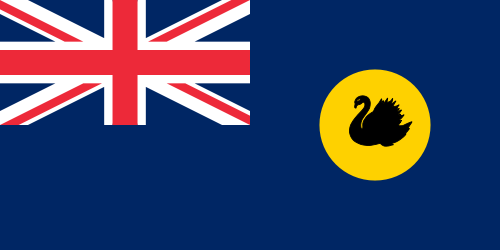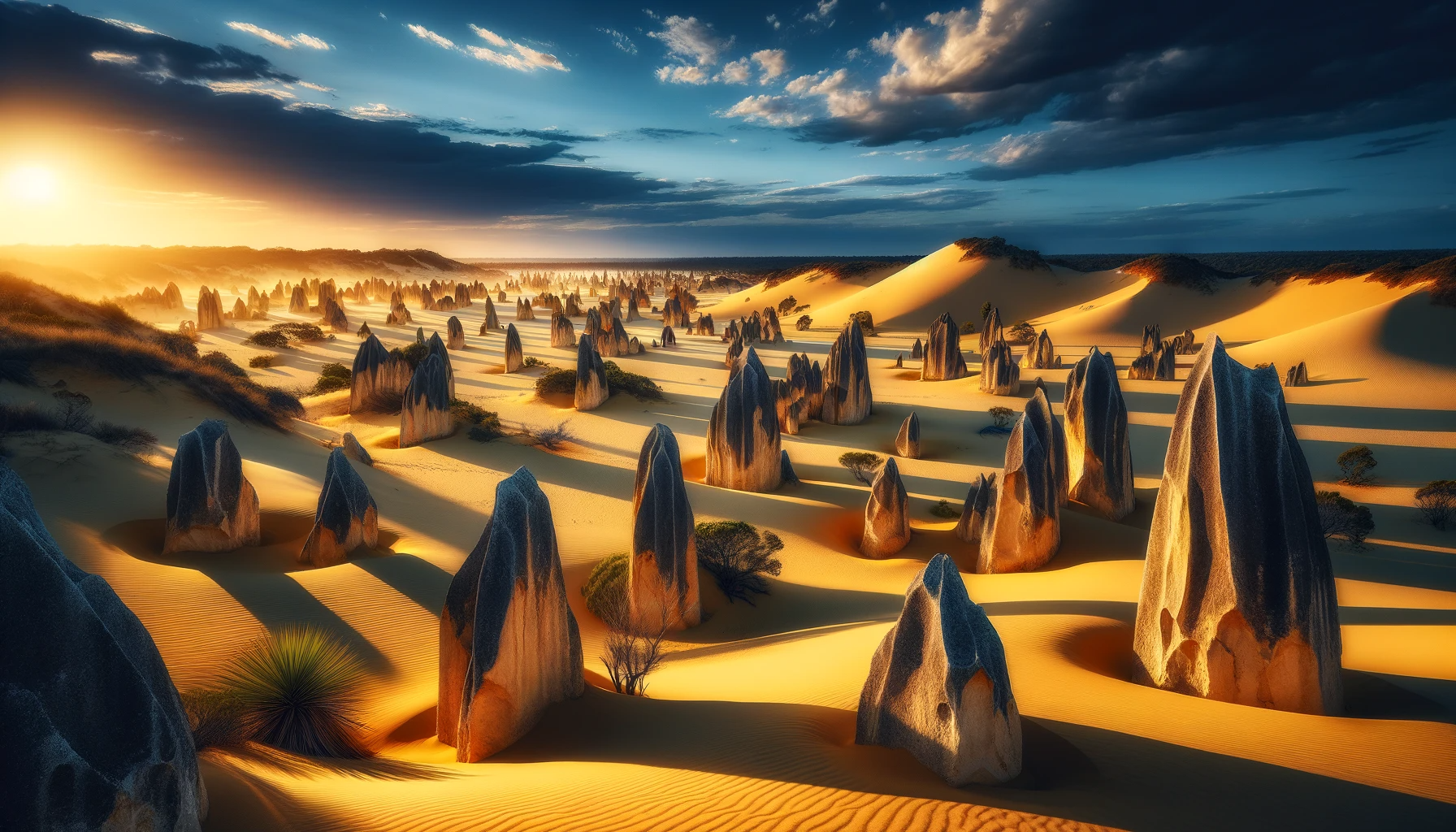Western Australia is a state of vast distances and contrasts, known for its natural resources, stunning landscapes, and vibrant capital city, Perth. It continues to navigate the challenges of economic diversification, environmental sustainability, and social inclusion.
Public Holidays West Australia 2025
- Labour Day is on 3rd March, Monday.
- Western Australia Day is on 2nd June, Monday.
- King’s Birthday is on 29th September, Monday.
- Regional areas in Western Australia may have additional public holidays.
List of National and Public holidays in Australia for the year 2025
- New Year’s Day is on 1st January, Wednesday.
- Australia Day is on 27th January, Monday.
- Good Friday is on 18th April, Friday.
- Day following Good Friday is on 19th April, Saturday.
- Easter Sunday is on 20th April, Sunday.
- Easter Monday is on 21st April, Monday.
- Anzac Day is on 25th April, Friday.
- Christmas Day is on 25th December, Thursday.
- Boxing Day is on 26th December, Friday.
Additional public holidays declared by the state and territory governments:

- New South Wales
- Northern Territory
- Queensland
- Western Australia
- Tasmania
- South Australia
- Viktoria
- Capital Territory
History
- Indigenous Heritage: Western Australia has a profound Indigenous history, with Aboriginal peoples inhabiting the region for over 60,000 years, each with distinct cultures and languages.
- European Exploration and Settlement: European exploration began in the 17th century, but significant settlement started with the Swan River Colony in 1829. WA’s development was markedly influenced by the gold rushes in the late 19th century.
- Path to Statehood: Became a British colony in 1829 and joined the Federation of Australia in 1901 as a founding state.
These are all very interesting and historically significant travel options.
Whether it is the magnificent landscape of the Pinnacles, the natural wonders of Karijini National Park, or the historical charm of Fremantle and the artistic atmosphere of Perth, they can add unique colors and profound experiences to this journey. If you want to keep the memory of this trip, you can take some photos of the unique scenery or local cultural activities during the trip and make them into custom keyrings as permanent souvenirs.

This will not only allow you to keep the good memories of the trip but also deepen your understanding of local history and culture.
Geography
- Vast and Diverse Landscapes: As Australia’s largest state, WA covers one-third of the continent, featuring diverse landscapes from the lush southwest corner to the vast arid outback and the tropical north.
- Coastline and Climate: Boasts a long coastline with pristine beaches and unique marine life. The climate varies from Mediterranean in the southwest to tropical in the north and desert in the interior.
Culture
- Cultural Diversity: Reflects a rich tapestry of cultures, including significant Indigenous heritage and influences from European and Asian immigrants.
- Arts and Events: Hosts vibrant arts scenes, cultural festivals, and sporting events, including the Perth International Arts Festival and the Fremantle Festival.
- Cuisine: Offers a diverse culinary scene, heavily influenced by its proximity to the ocean, with seafood being a staple, alongside local wines and produce from the southwest.
Economy
- Resource-Rich Economy: Dominated by mining and resources, particularly iron ore, gold, and natural gas, contributing significantly to both the state and national economies.
- Agriculture and Tourism: Other important sectors include agriculture, particularly in the southwest, and tourism, with attractions ranging from the Margaret River wine region to the Ningaloo Reef.
- Innovation and Research: Growing focus on technology, science, and innovation, with efforts to diversify the economy beyond natural resources.
Society
- Population: Mostly concentrated in Perth, the state capital, which is known for its high quality of life. The vast interior and northern parts are sparsely populated.
- Healthcare and Education: Offers comprehensive healthcare and education systems, with a network of hospitals and universities, including the University of Western Australia.
Environmental Initiatives
- Conservation and Sustainability: Active efforts in environmental conservation, with numerous national parks and marine reserves. Initiatives focus on protecting biodiversity and promoting sustainable practices.
- Renewable Energy: Investing in renewable energy sources to reduce reliance on fossil fuels, with significant potential for solar and wind energy.
Government and Politics
- State Governance: Operates under a parliamentary system, with a Governor representing the monarch and a Premier as head of the government.
- Regional and Aboriginal Affairs: Policies and initiatives addressing regional development and Aboriginal affairs are significant, given the state’s geography and demography.
Tourism
- Natural Wonders and Outdoor Activities: Renowned for natural attractions like the Pinnacles, Karijini National Park, and the Kimberley region. Popular for outdoor activities such as surfing, hiking, and whale watching.
- Cultural and Heritage Sites: Attractions include Indigenous cultural tours, historic towns like Fremantle, and the vibrant arts and cafe scene in Perth.
Challenges and Future Outlook
- Economic Diversification: Addressing reliance on the resources sector by fostering growth in technology, tourism, and renewable energy.
- Environmental Management: Balancing development with the protection of WA’s unique ecosystems and responding to the challenges of climate change.
- Social Equity and Inclusion: Ensuring equitable access to services and opportunities across the state’s vast and diverse regions.
In summary, .

